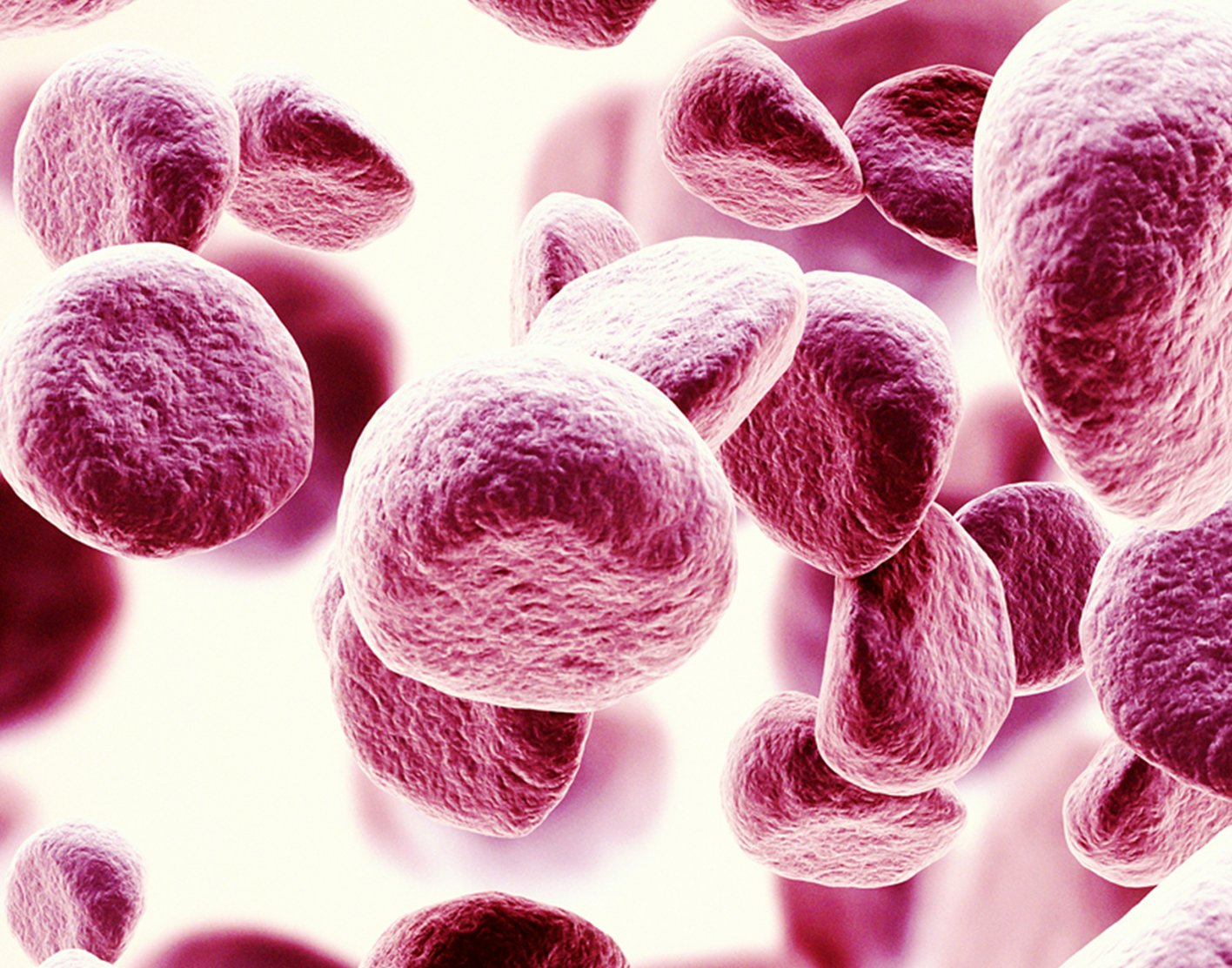
Glucose-6-phosphate dehydrogenase test
Definition
Glucose-6-phosphate dehydrogenase (G6PD) is a protein that helps red blood cells work properly. The G6PD test looks at the amount (activity) of this substance in red blood cells.
Alternative Names
RBC G6PD test; G6PD screen
How the Test is Performed
A
How to Prepare for the Test
No special preparation is usually necessary.
How the Test will Feel
When the needle is inserted to draw blood, some people feel moderate pain. Others feel only a prick or stinging. Afterward, there may be some throbbing or a slight bruise. This soon goes away.
Why the Test is Performed
Your health care provider may recommend this test if you have signs of
Too little G6PD activity leads to the destruction of red blood cells. This process is called
Hemolytic episodes can be triggered by infections, certain foods (such as fava beans), and certain medicines, including:
- Drugs used to reduce fever
- Nitrofurantoin
- Phenacetin
- Primaquine
- Sulfonamides
- Thiazide diuretics
- Tolbutamide
- Quinidine
Normal Results
Normal values vary and depend upon the laboratory used. Some labs use different measurements or test different samples. Talk to your provider about the meaning of your specific test results.
What Abnormal Results Mean
Abnormal results mean you have a G6PD deficiency. This can cause
Risks
There is little risk involved with having your blood taken. Veins and arteries vary in size from one person to another and from one side of the body to the other. Obtaining a blood sample from some people may be more difficult than from others.
Other risks associated with having blood drawn are slight, but may include:
- Excessive bleeding
- Fainting or feeling lightheaded
- Multiple punctures to locate veins
- Hematoma (blood buildup under the skin)
- Infection (a slight risk any time the skin is broken)
References
Chernecky CC, Berger BJ. Glucose-6-phosphate dehydrogenase (G6PD, G-6-PD), quantitative - blood. In: Chernecky CC, Berger BJ, eds. Laboratory Tests and Diagnostic Procedures. 6th ed. St Louis, MO: Elsevier Saunders; 2013:594-595.
Gallagher PG. Hemolytic anemias: red blood cell membrane and metabolic defects. In: Goldman L, Schafer AI, eds. Goldman-Cecil Medicine. 26th ed. Philadelphia, PA: Elsevier; 2020:chap152.
Kaplan M, Wong RJ, Burgis JC, Sibley BE, Stevenson DK. Neonatal jaundice and liver diseases. In: Martin RJ, Fanaroff AA, Walsh MC, eds. Fanaroff and Martin's Neonatal-Perinatal Medicine. 11th ed. Philadelphia, PA: Elsevier; 2020:chap 91.
Review Date: 25/01/2022
The information provided herein should not be used during any medical emergency or for the diagnosis or treatment of any medical condition. A licensed physician should be consulted for diagnosis and treatment of any and all medical conditions. Call 911 for all medical emergencies. Links to other sites are provided for information only -- they do not constitute endorsements of those other sites. Copyright ©2019 A.D.A.M., Inc., as modified by University of California San Francisco. Any duplication or distribution of the information contained herein is strictly prohibited.
Information developed by A.D.A.M., Inc. regarding tests and test results may not directly correspond with information provided by UCSF Health. Please discuss with your doctor any questions or concerns you may have.



























